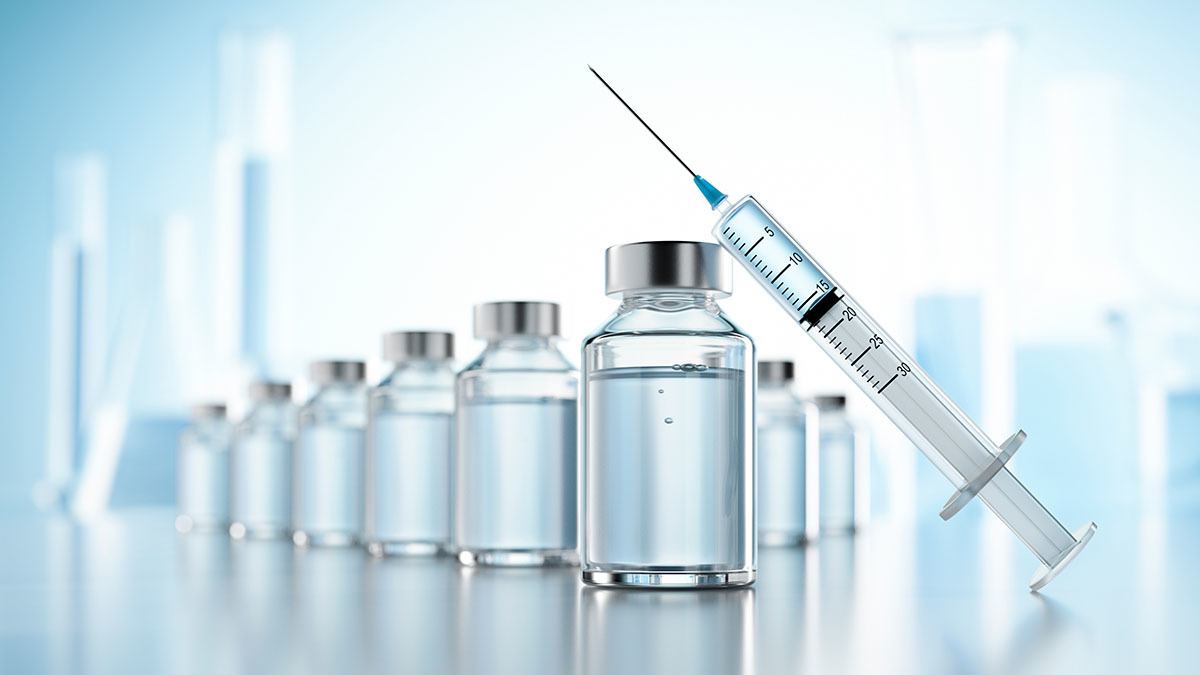USP Ionic Leachables Testing
The USP Ionic Leachables Testing is a critical quality assurance procedure that ensures pharmaceutical products meet stringent standards set forth by the United States Pharmacopeia (USP). This testing is essential in ensuring that materials used in drug containers and packaging do not introduce harmful substances into the final product. The primary objective of this test is to identify and quantify ionic compounds that could potentially leach from the container closure system or other contact surfaces into the pharmaceutical product during its lifecycle.
The USP has established specific limits for certain ions, such as heavy metals like lead (Pb), cadmium (Cd), and arsenic (As) which are known to be toxic at low concentrations. By conducting this test, manufacturers can verify compliance with these limits, ensuring the safety of their products.
The testing process involves several steps that include sample preparation, extraction, analysis, and interpretation of results. Samples must undergo rigorous pre-treatment procedures to simulate real-world conditions accurately. Extraction methods may vary depending on the material type but typically involve aggressive solvents designed to mimic the environment within a container closure system.
Analysis is performed using sensitive analytical techniques capable of detecting trace amounts of ions down to parts per billion levels. Commonly used instruments include Inductively Coupled Plasma Mass Spectrometry (ICP-MS) and High Performance Liquid Chromatography with Tandem Mass Spectrometry (HPLC-MS/MS). These technologies allow for precise quantification of target analytes.
Results are then compared against USP guidelines to determine whether the product complies with established limits. Non-compliance may indicate potential risks associated with using particular packaging materials, requiring further investigation or alternative solutions.
The importance of this testing cannot be overstated given its direct impact on public health and safety. Pharmaceutical companies must prioritize compliance with regulatory requirements to protect consumers from harmful contaminants while maintaining product efficacy.
| Parameter | Description |
|---|---|
| Sample Preparation | Involves dissolution of the material using appropriate solvents under controlled conditions. |
| Extraction Methodology | Utilizes specific solvents and techniques to extract target ions from the sample. |
| Analytical Techniques | Involves ICP-MS or HPLC-MS/MS for quantification of extracted ions. |
Compliance with USP standards not only ensures product safety but also enhances brand reputation and market trust. It demonstrates a commitment to excellence in manufacturing practices that align with global regulatory expectations.
- Ensures adherence to strict USP guidelines for ion leaching limits.
- Provides reliable data for decision-making regarding container closure systems.
- Facilitates traceability of raw materials used throughout the supply chain.
Scope and Methodology
The scope of USP Ionic Leachables Testing encompasses a wide range of applications within pharmaceutical manufacturing, encompassing both primary packaging components such as bottles, vials, and closures, as well as secondary packaging elements like cartons and blister packs. The methodology involves several key steps:
- Sample Selection: Identifies materials that come into direct contact with the drug product.
- Extraction Procedure: Utilizes appropriate solvents to extract potential contaminants from these materials.
- Preparation for Analysis: Ensures samples are ready for analysis by removing any interfering substances.
- Analysis Using ICP-MS or HPLC-MS/MS: Measures the concentration of target ions in the sample.
- Data Interpretation: Compares results against USP specifications to assess compliance.
The methodology adheres strictly to international standards including USP General Chapter <1689>, which provides detailed guidance on how to perform this type of testing. Compliance with these guidelines ensures accurate and reliable results, crucial for maintaining product quality and safety.
| Step | Description |
|---|---|
| Sample Selection | Selects materials based on their potential to contribute ions. |
| Extraction Procedure | Uses solvents like nitric acid or methanol to dissolve the sample. |
| Preparation for Analysis | Involves filtering and diluting the solution if necessary. |
| Analysis Using ICP-MS or HPLC-MS/MS | Analyzes the extracted ions to determine their concentration. |
| Data Interpretation | Compares findings against USP limits for each ion. |
This comprehensive approach ensures thorough evaluation of all relevant materials used in pharmaceutical packaging, providing peace of mind that products are safe and compliant with regulatory requirements.
Why Choose This Test
- Ensures compliance with stringent USP guidelines for ion leaching limits.
- Provides detailed analysis to support informed decision-making regarding packaging materials.
- Facilitates traceability of raw materials throughout the supply chain.
- Enhances brand reputation by demonstrating commitment to product safety and quality.
The USP Ionic Leachables Testing is an indispensable tool for pharmaceutical companies aiming to safeguard public health. By adhering to this rigorous testing process, manufacturers can ensure that their products meet the highest standards of purity and safety, thereby building consumer trust and confidence.
Use Cases and Application Examples
- Determining suitability of new packaging materials before market release.
- Identifying sources of contamination in existing formulations.
- Addressing concerns raised by regulatory authorities during inspections.
- Supporting development of new drug delivery systems.
In addition to these specific applications, USP Ionic Leachables Testing plays a crucial role in ensuring ongoing compliance with changing regulations and industry best practices. Its versatility allows it to be applied across various stages of product lifecycle management, from R&D through commercialization.





